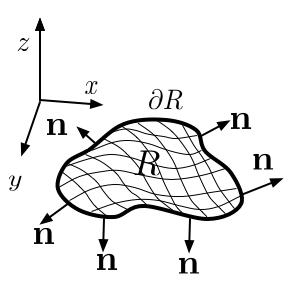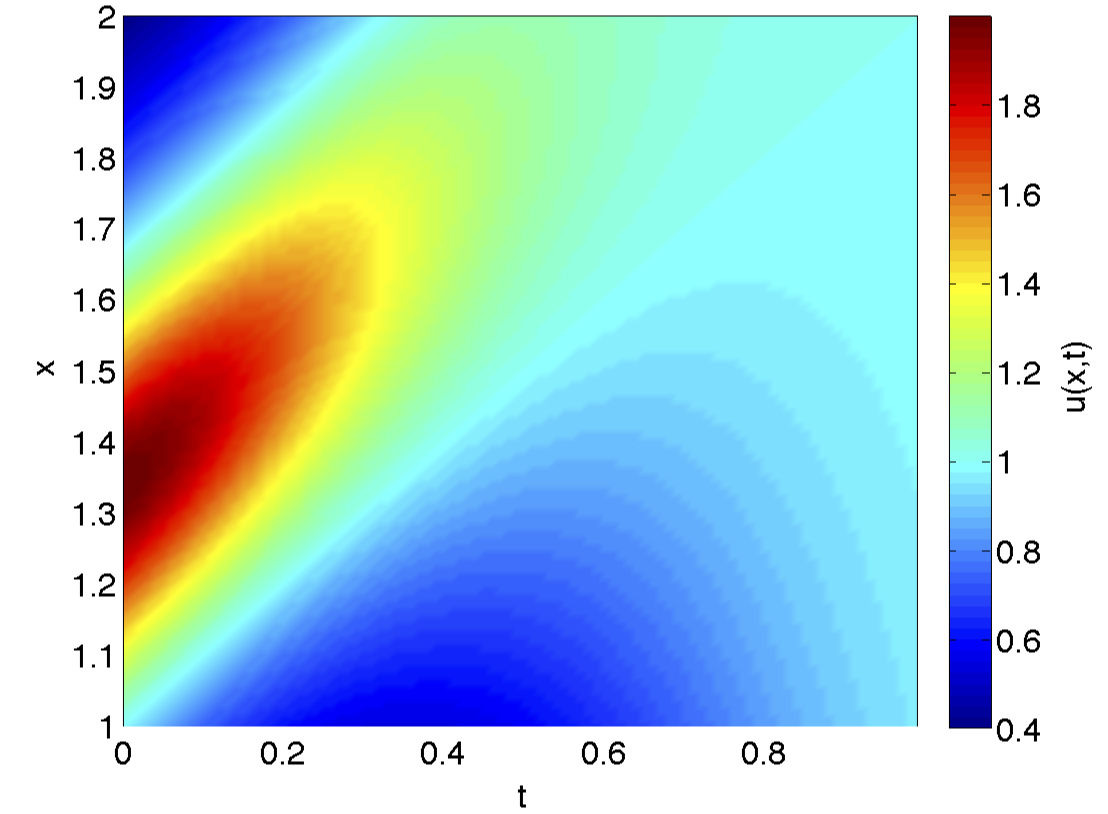
|
Engineering Calculus 1320 |

|
The calculus is a set of tools to analyze the relationships and functions essential for modeling physical processes important in science and engineering applications.
1320 Entrance requirements and prerequisites
- "C" or better in 1310 or 1311
- AP Calc BC score of 3 or better
- 1320 can alternatively be entered by earning a "C" or better in Math 1210 and by being concurrently enrolled in the MATH 1320 "boot camp" (Math 13) that covers the material in 1310 that is missing from the traditional 1210 sequence
- Departmental consent
Learning Objectives of 1320
The goal of Math 1310 is to master the basic tools for the study of functions f(x)=y, termed the calculus, and become skilled in its use for solving problems in science and engineering. These basic tools and problem solving skills are described below.
The tools and skills
- Students will be able to utilize methods of integration to compute volumes of objects with circular-shaped aspects, and compute lengths of curves. These applications introduce a higher-level concept of integration, involving the summation of small volume segments $dV$ or small length segments $ds$, which are computed by performing an appropriate parameterization to a real-number-line integral in terms of $dx$.
- Students will be skilled in using integration to compute problems important in physics and engineering. Students will know how to compute of an average value of a function using the mean value theorem for integrals, the center of mass for objects, and the computation of energy as a force integrated over a distance. Students will also be able to utilize physical laws to formulate differential equations that solve for the motion of masses by forces of gravitation, friction, electrostatics, to name a few. Students will also become familiar with the phenomenon of exponential growth and decay in science and engineering contexts.
- Students will become skilled in computations and applications of infinite sequences and sums. Students will become familiar with the properties of infinite sums to either converge to a finite value or diverge to an infinite value, and will learn about methods to determine convergence. Students will be able to represent functions as a Taylor series, and use Taylor's theorem to approximate functions and estimate error from using finitely many terms of the Taylor series.
- Students will also learn important tools of calculus in higher dimensions. Students will become familiar with 2- and 3-dimensional coordinate systems, vectors and vector operations including the dot and cross product, and equations of lines, planes, and other surfaces. Students will also learn how to represent motion of objects in 3D using vector functions, how to represent velocity and acceleration using vector projections into tangential and centripetal coordinates of acceleration, and how to characterize curves in space by computing arc length and curvature. For functions of 3D surfaces, students will be able to characterize aspects of surfaces and volumes using partial derivatives and the gradient vector. Partial derivatives will also be used to describe approximating tangent planes to points on surfaces, and how to compute derivatives of multi-dimensional function compositions can be performed using a multi-dimensional version of the chain rule.
Problem solving fluency
- Students will be able to read and understand problem descriptions, then be able to formulate equations modeling the problem usually by applying geometric or physical principles. Solving a problem often requires a series of transformations that include utilizing the methods of calculus. Students will be able to select the appropriate calculus operations to apply to a given problem, execute them accurately, and interpret the results using numerical and graphical computational aids.
- Students will gain experience with problem solving in groups. Students should be able to effectively transform problem objectives into appropriate problem solving methods through collaborative discussion. Students will also learn how to articulate questions effectively with both the instructor and TA, and be able to effectively articulate how problem solutions meet the problem objectives.
Week-by-week guide of topics and textbook sections
- Week 1: 6.3-6.6 Volumes by Shells, Arc Length, Average Values, Applications of Integration to Engineering
- Week 2: 7.1-7.3 Modeling with Differential Equations, Direction Fields, Separable Differential Equations
- Week 3: 7.4, 8.1- 8.2 Exponential Growth and Decay, Sequences, Series
- Week 4: 8.3-8.4 Convergence Tests for Series, Estimating Sums
- Week 5: 8.5-8.6 Power Series, Representing Functions with Power Series
- Week 6: 8.7-8.8 Taylor and Maclaurin Series, Applications of Taylor Polynomials
- Week 7: 9.1-9.3 Three Dimensional Coordinates, Vectors, Dot Product
- Week 8: 9.4-9.5 Cross Product, Equations of Lines and Planes
- Week 9: 9.6-10.1 Functions and Surfaces, Vector Functions, Space Curves
- Week 10: 10.2-10.3 Derivatives and Integrals of Vector Functions, Arc Length, Curvature
- Week 11: 10.4-10.5 Velocity, Acceleration, Parametric Surfaces
- Week 12: 11.1-11.3 Functions of Several Variables, Limits, Partial Derivatives
- Week 13: 11.4-11.5 Tangent Planes, Linear Approximation, Chain Rule
- Week 14: 11.6-11.7 Directional Derivative, Gradient Vector, Maximum and Minimum Values
- Week 15: 11.8 Lagrange Multipliers, Review
- Week 16: Finals week: comprehensive final exam.